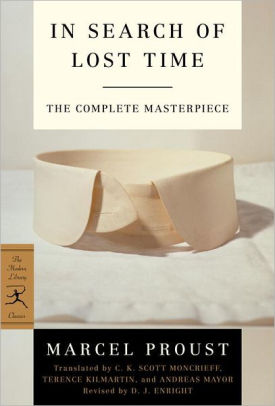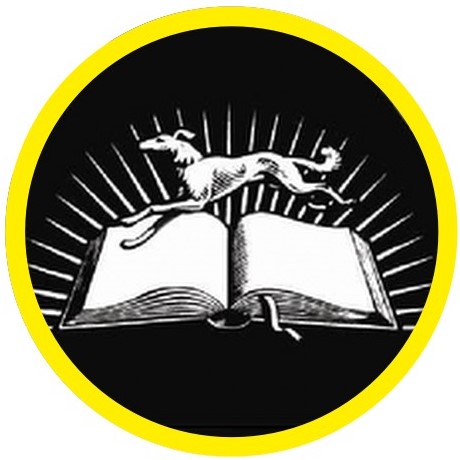| First posted 6/27/2020; last updated 7/6/2020. |
 |
In Search of Lost Time (aka “Remembrance of Things Past”) (A La Recherche du temps Perdu)Marcel Proust
|
|
First Publication: 1913-1927 Category: Modernist novel Sales: ? |
Accolades (click on badges to see full lists): 





|
|
About the Book: Author Graham Greene (The Power and the Glory, The Heart of the Matter) called Proust “the greatest novelist of the 20th century” AZ and Harold Bloom specifically singled out In Search of Lost Time as being “widely recognized as the major novel of the twentieth century.” AZ W. Somerset Maugham (Of Human Bondage) went a step further, calling it “the greatest fiction to date.” AZ Virginia Woolf said, “Proust so titillates my own desire for expression that I can hardly set out the sentence. Oh if I could write like that!” Bengt Holmqvist called it “the last great classic of French epic prose tradition.” AZ “It gained fame in English in translations by C. K. Scott Moncrieff and Terence Kilmartin as Remembrance of Things Past, but the title In Search of Lost Time, a literal rendering of the French, has gained usage since D. J. Enright adopted it for his revised translation published in 1992.” GR “In Search of Lost Time follows the narrator's recollections of childhood and experiences into adulthood during late 19th century to early 20th century aristocratic France.” WK This massive 1.2 million-word, 4000+ page novel is broken into seven volumes. It is “known both for its length and its theme of involuntary memory.” GR It is “a panoramic and richly comic portrait of France in the author’s lifetime, and a profound meditation on the nature of art, love, time, memory and death.” AZ “Every sentence can be a struggle to finish may sound forbidding, but this masterpiece of modernity, taking us into every nook and cranny of the narrator's fascinating mind, is worth all the effort.” TG It “began to take shape in 1909. Proust continued to work on it until his final illness in the autumn of 1922 forced him to break off. Proust established the structure early on, but even after volumes were initially finished he kept adding new material, and edited one volume after another for publication. The last three of the seven volumes contain oversights and fragmentary or unpolished passages as they existed in draft form at the death of the author; the publication of these parts was overseen by his brother Robert.” AZ Here are the seven volumes:
Resources and Related Links:
|












No comments:
Post a Comment